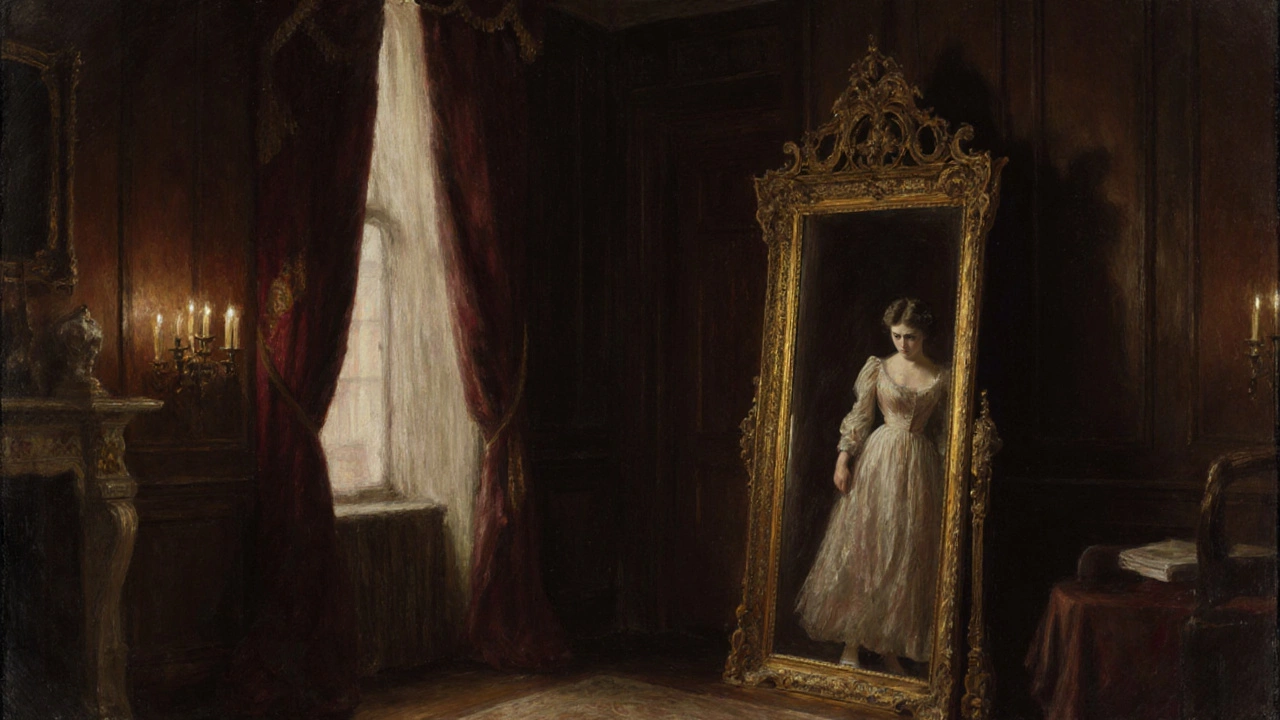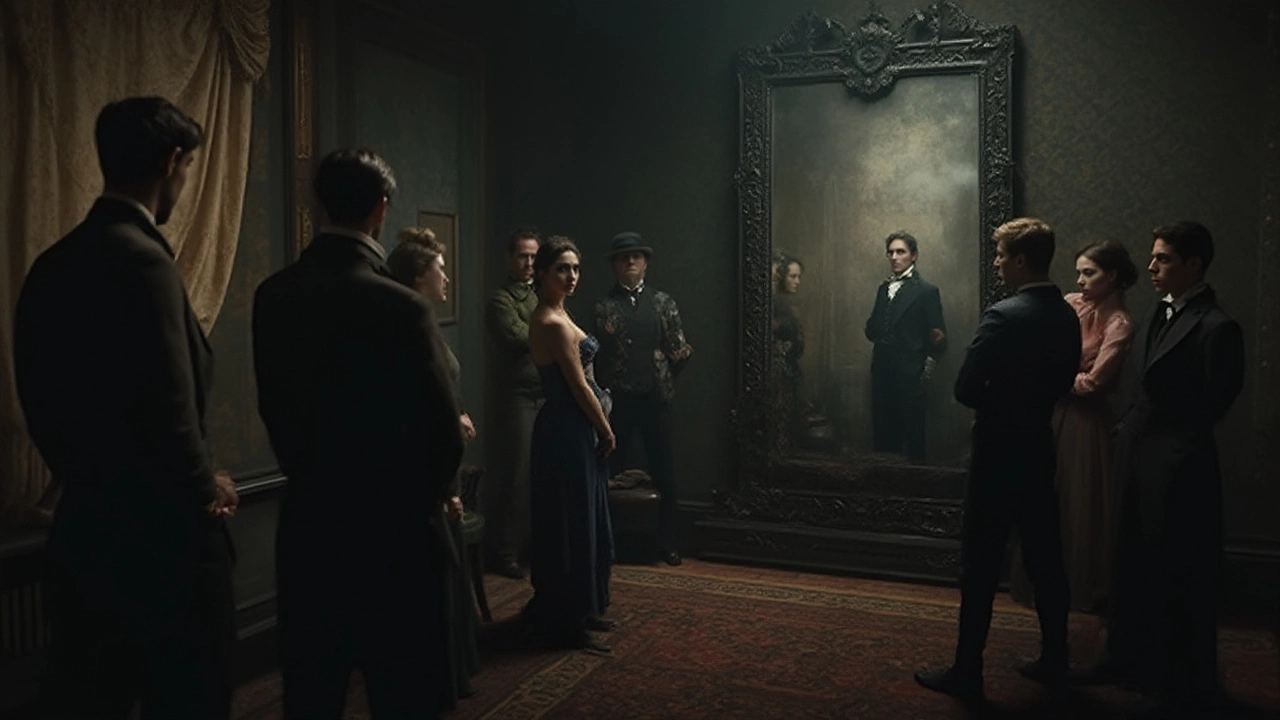Mirror Folklore: Myths, Types, and What Really Costs
Ever noticed how mirrors seem to have a life of their own in stories and movies? From haunted mansions to lucky charms, people have woven all kinds of folklore around what they see in the glass. While the myths are fun, the real question for most of us is simple: what kind of mirror do I need and how much should I spend?
Common Mirror Myths
One of the oldest tales says that breaking a mirror brings seven years of bad luck. The story started because glass was once a luxury and breaking it was a costly mistake. Another popular belief is that covering a mirror at night keeps evil spirits out. In reality, mirrors are just reflective surfaces; they don’t trap or release anything. Knowing the truth helps you avoid unnecessary superstitions and focus on what matters – quality and fit.
Choosing the Right Mirror for Your Home
There are three basic types you’ll see in any hardware store: flat, concave, and convex. Flat mirrors give an unwarped reflection and are perfect for bathrooms, dressing areas, or hallway accents. Concave mirrors curve inward; they make you look taller and are often used in makeup stations because they magnify details. Convex mirrors bulge outward, offering a wider field of view – great for entryways or garage walls where you need to see around corners.
When you shop, start by measuring the space where the mirror will go. A good rule of thumb is to leave a few inches of wall space on each side for a balanced look. Next, think about the frame. A simple metal or wooden frame can blend with most decor, while a decorative frame becomes a statement piece. Don’t forget to check the glass thickness; thicker glass is sturdier and less likely to crack.
Cost can vary widely. A basic bathroom mirror can cost as little as £10, while a large, framed statement piece might run over £200. The price difference often comes down to size, frame material, and brand reputation. If you’re on a budget, consider buying a plain flat mirror and adding your own frame later – DIY can save you a lot.
Finally, think about placement. Mirrors can make a room feel bigger, especially when placed opposite a window. They also reflect light, which can brighten a dim corner. Just avoid putting a mirror directly behind a TV; the reflection can be distracting.
Bottom line: skip the superstitions, pick the type that fits your needs, measure carefully, and match the price to the quality you want. With these simple steps, you’ll end up with a mirror that looks great, works well, and won’t break the bank.
Explore why people dread their reflection. From ancient myths to brain chemistry, learn what drives mirror phobia and how to face it.
Sep, 26 2025
Why do black mirrors unsettle us? Discover the psychological, historical, and cultural reasons why these dark reflections provoke such strong reactions.
Jul, 19 2025

